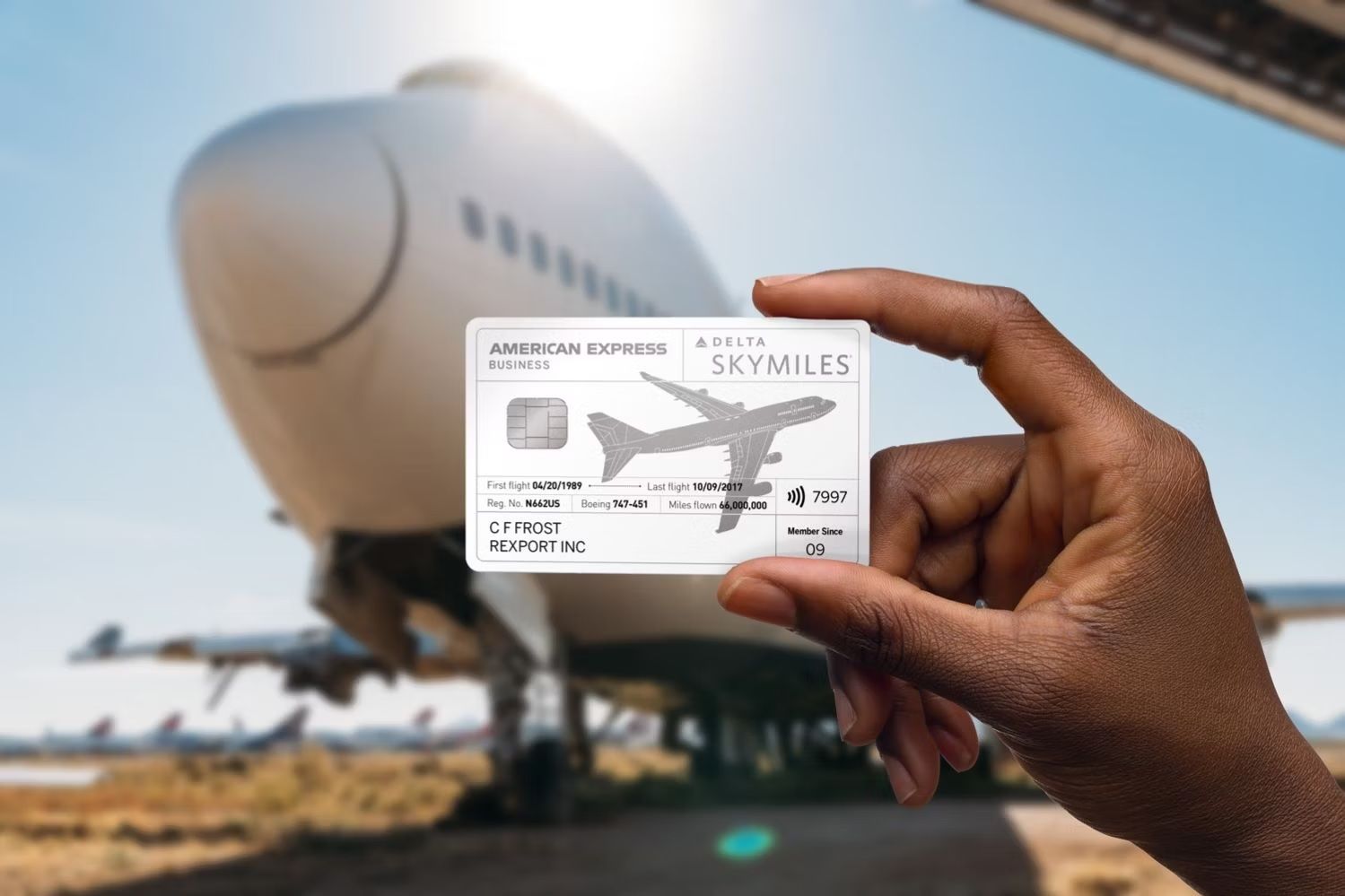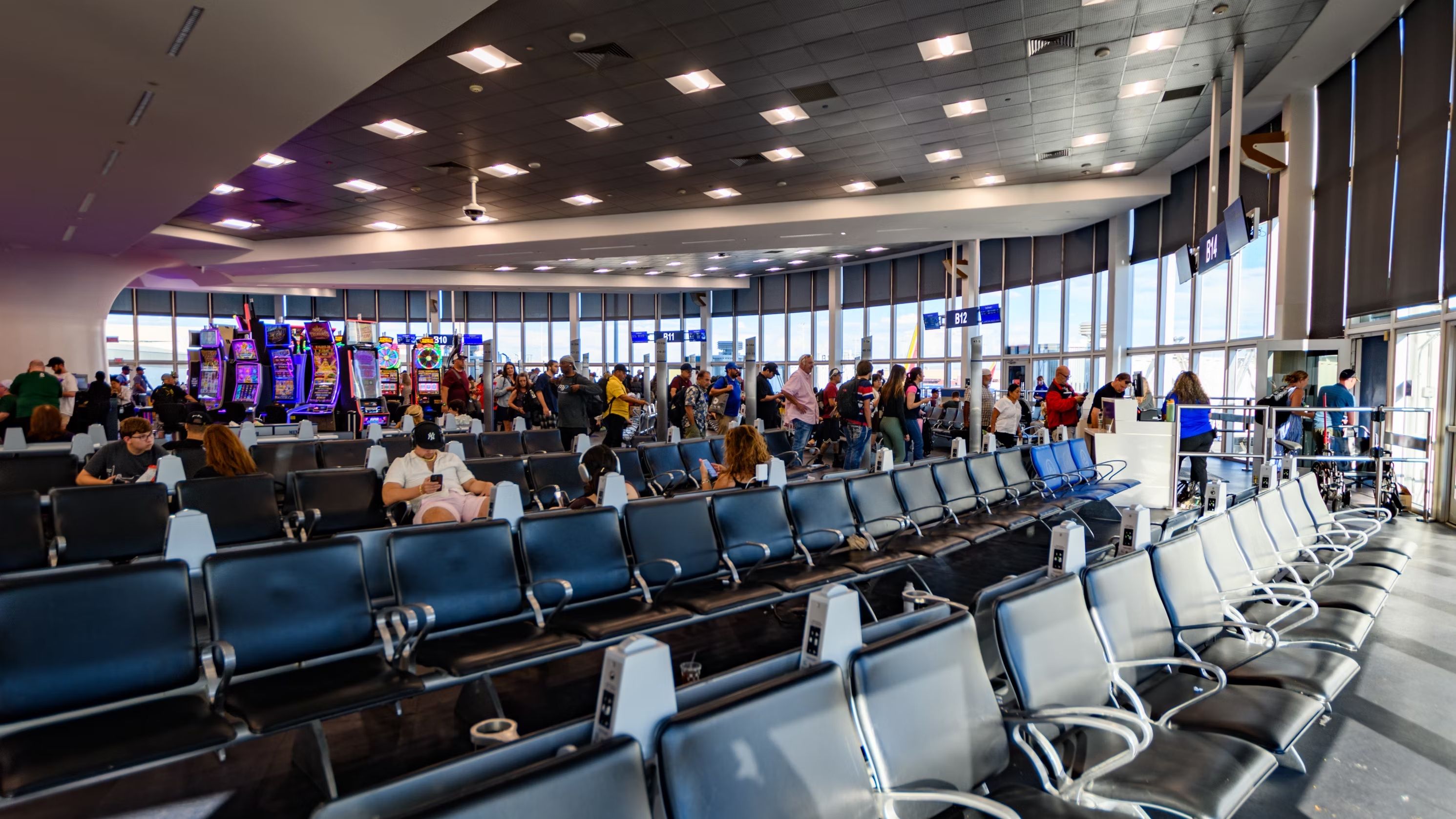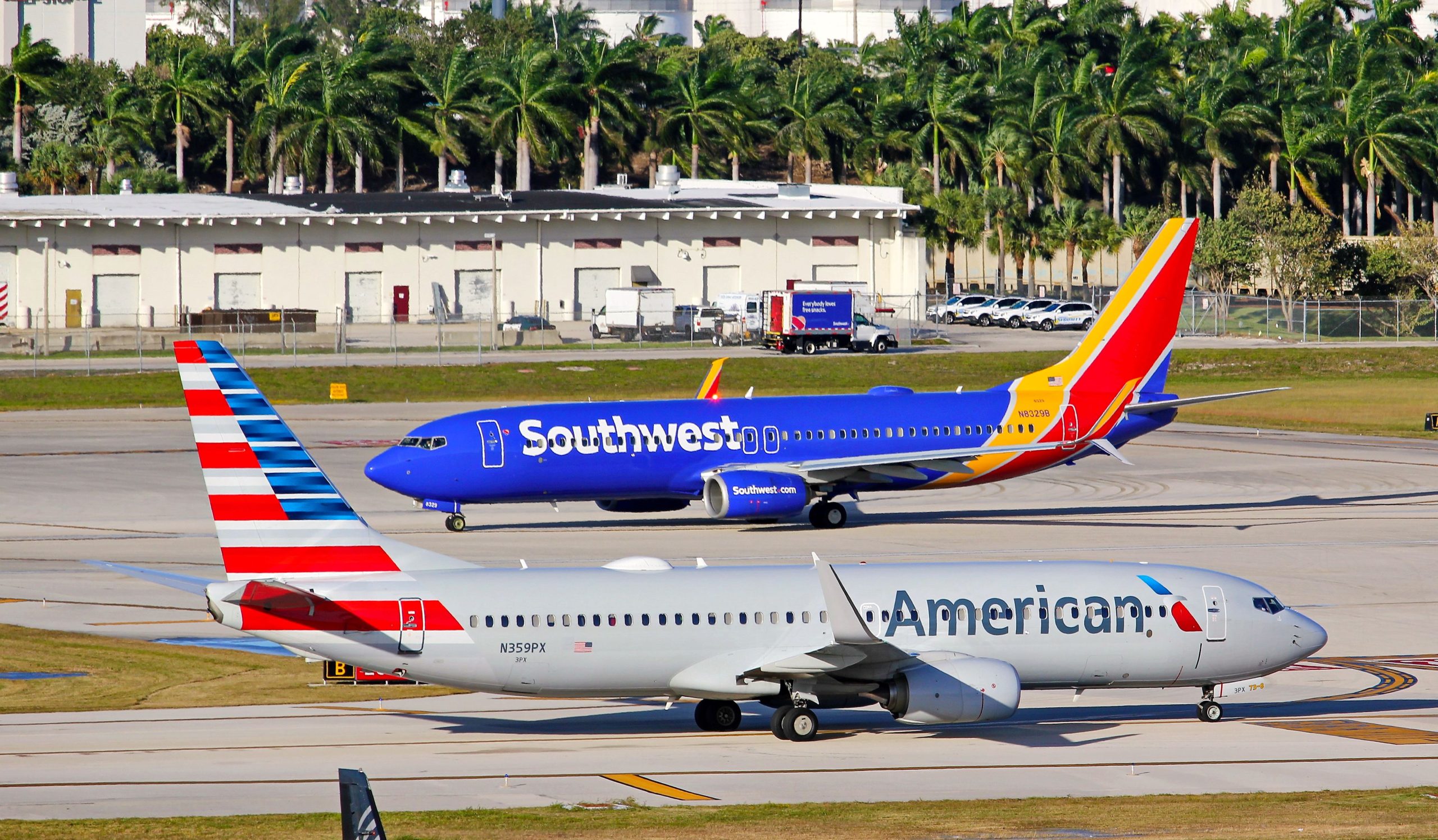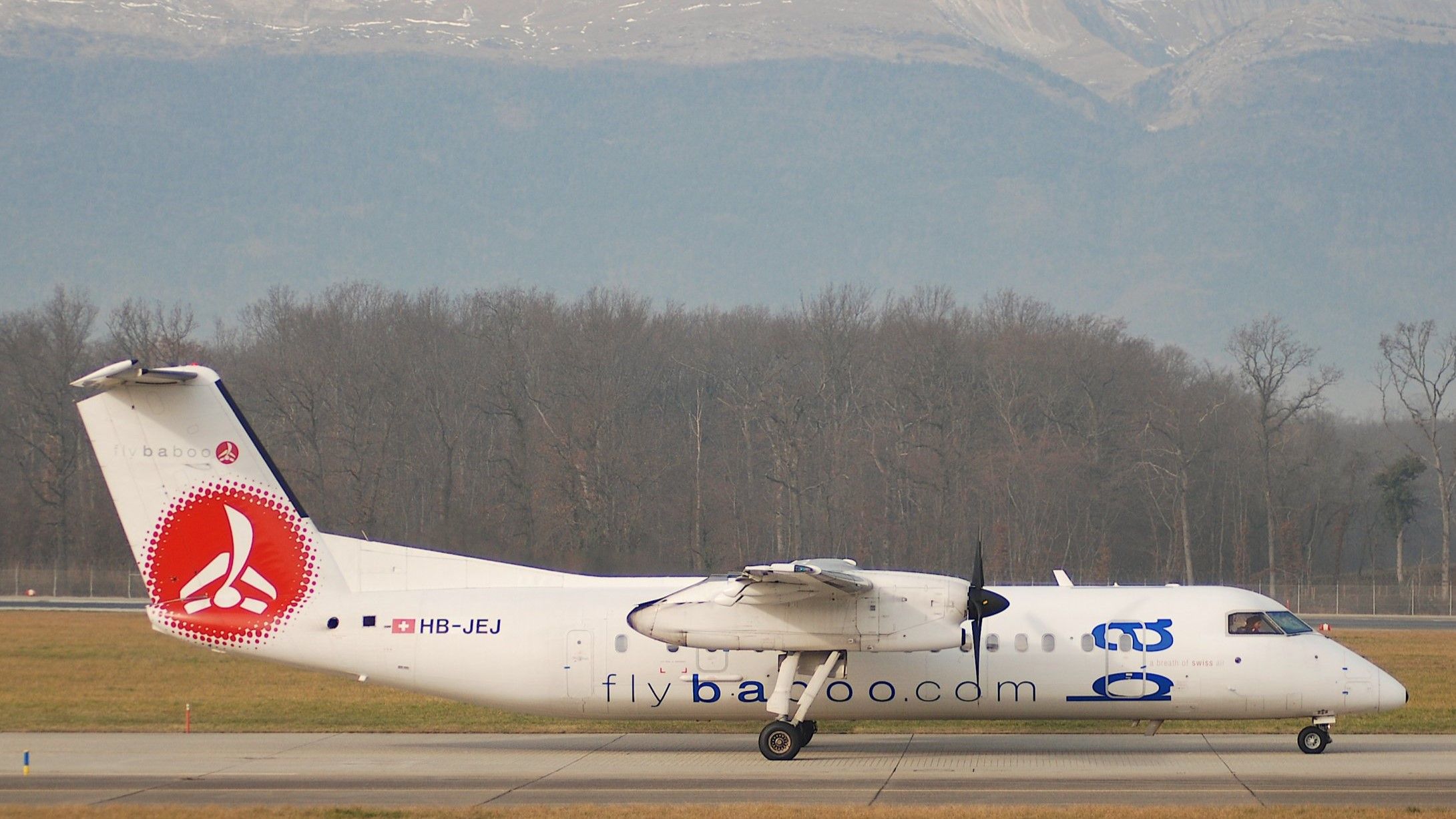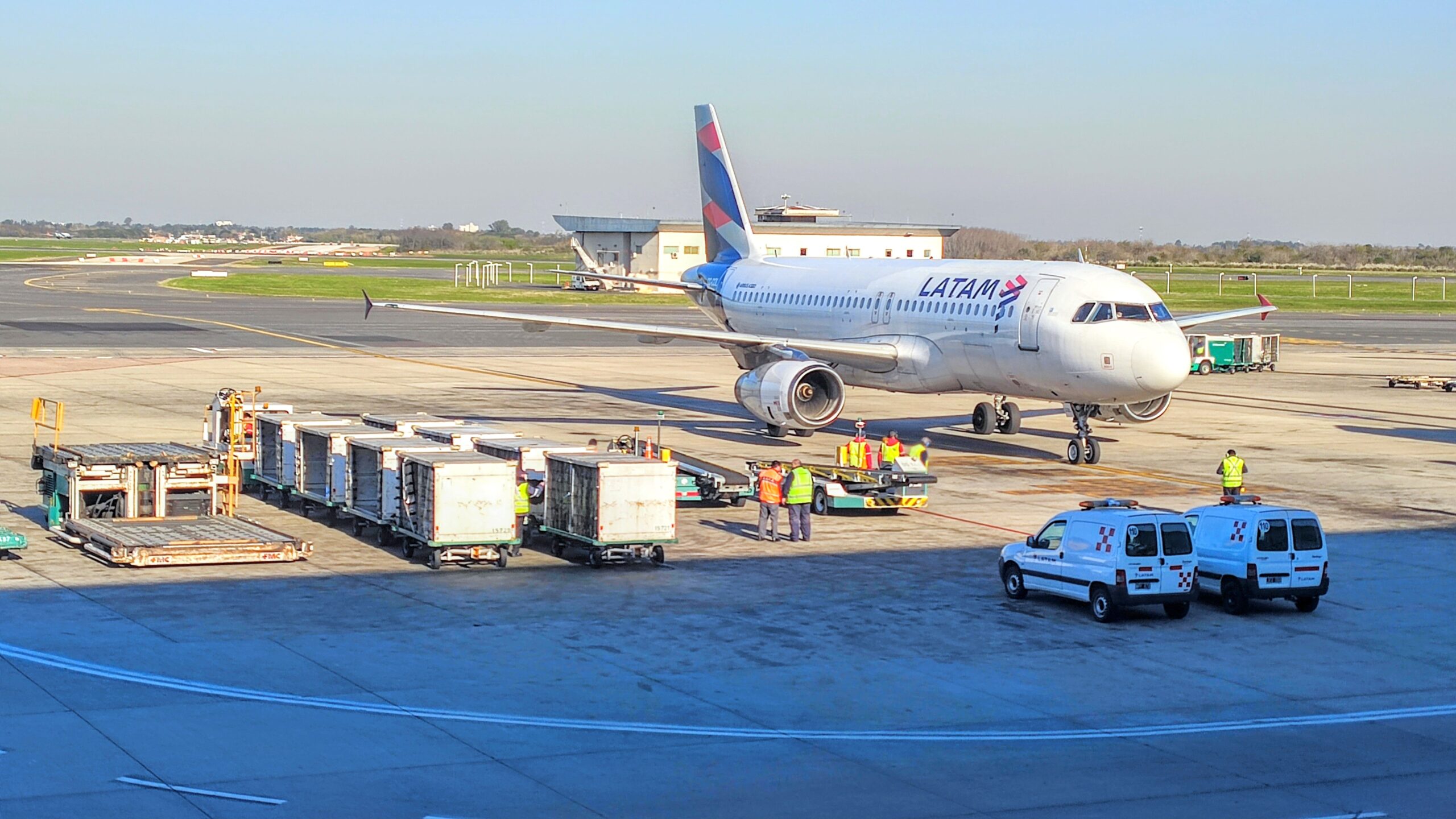Summary
- Gen Z shows less interest in airline loyalty programs, potentially impacting revenue.
- Generation Z’s low credit card usage affects loyalty program enrollment.
- Carriers rely on cobranded credit cards to engage consumers and drive loyalty.
As Simple Flying has discussed many times,
loyalty programs
are key financial assets for full-service network carriers like American Airlines, Delta Air Lines, and United Airlines, for which they generate millions in annual revenue. These programs have increasingly become the financial lifeblood of major airlines, and, as a result, the lack of interest in them from the next generation has been something of alarm.
Photo: Delta Air Lines
Overwhelmingly, members of Generation Z are significantly less likely to be enrolled in loyalty programs, and only a small portion are designated as frequent fliers. Forbes reported that, despite the absence of any cost associated with being part of an airline loyalty program, a third of Generation Z is not enrolled in any such program whatsoever. For carriers, this spells alarm as the youngest traveler demographic does not nearly seem as bought into these reward schemes as older generations are.
At the end of the day, the root cause of this challenge is curious to analyze, as many contributing factors could make a strong case for why Generation Z simply is not as interested in accruing SkyMiles as their parents are. One potential cause is a lack of interest in cobranded credit cards, as members of Generation Z are, across the board, far less likely to use credit cards than any other generation.
An ace up their sleeve
Airline loyalty programs have continued to preach the doctrine of embedded loyalty, a philosophy that seeks to entrench the consumer fully in the award program experience. The average person may fly just a handful of days per year, but interact constantly with their airline loyalty program if they consistently make purchases on a cobranded credit card or via a program partner such as Delta’s Lyft agreement.
As a result, carriers have begun to lean heavily on cobranded credit cards and their partnerships with financial institutions to drive interest in their loyalty programs. If airlines can provide consumers with an everyday way to earn their loyalty points, it is quite likely that they will continue choosing to fly that carrier for business, leisure or whatever else might come along.
The puzzle created by Gen Z’s lack of interest in credit
The challenge that these carriers have run into is that members of Generation Z use credit cards at a significantly lower rate than other generations. An analysis from PYMNTS concluded that only around 40% of Generation Z indicated that they used a credit card within the last 90 days. Overwhelmingly, younger generations are pushed away from accruing debt or making purchases on credit, likely as a result of pressures from student debt and other factors.
Photo: Joe Kunzler | Simple Flying
Furthermore, travel rewards credit cards that are not tied to an individual airline are becoming increasingly more popular and offer flexibility that is appealing to younger generations. This, combined with the lack of interest in making purchases on credit, may account for a significant lack of interest in airline cobranded credit cards among Generation Z. With no way for carriers to hook younger customers into their loyalty programs, it is not challenging to understand why a lower rate of credit card usage could account for an increasing indifference towards loyalty programs from the youngest generations.


